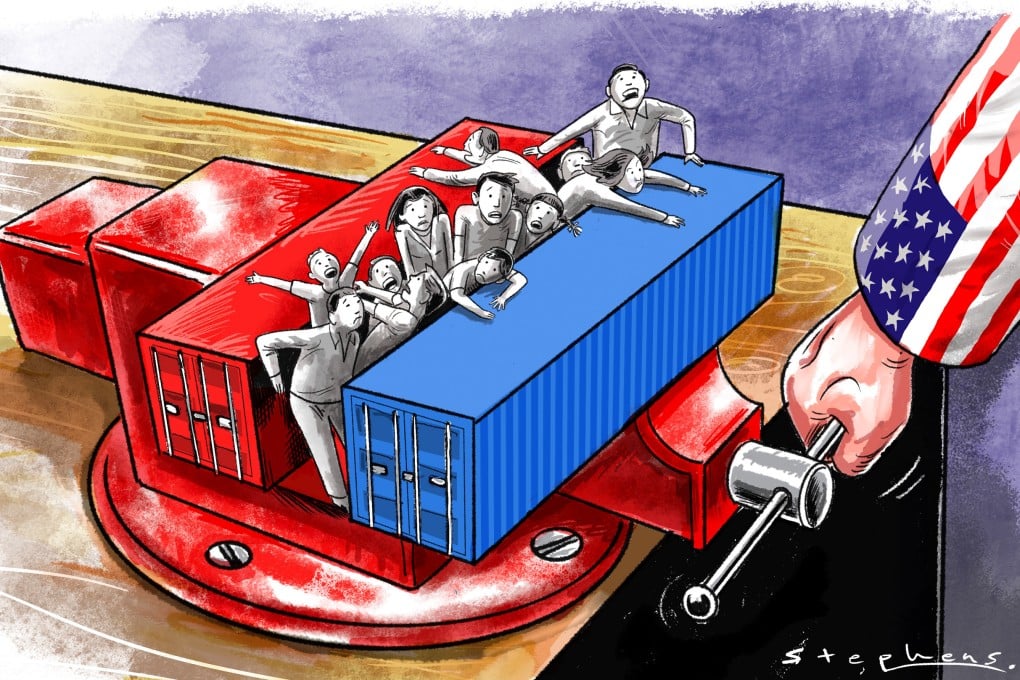Tariff Standoff Deepens: Can US-China Trade Talks Break the Deadlock?”
As the US-China trade war intensifies, both nations find themselves at a critical juncture, with each side weighing the economic and political costs of their next move. The question remains: who will blink first?
Current State of Affairs
Recently, China’s Ministry of Commerce announced that it is evaluating the United States’ proposal to initiate trade talks concerning the hefty tariffs imposed by the Trump administration. While Beijing has signaled openness to discussions, it insists that the US must first remove the unilateral tariffs that have escalated tensions between the two economic giants.
In response, the US has expressed a desire to engage in meaningful negotiations, with Treasury Secretary Scott Bessent urging China to come to the table to address the unsustainable impact of the ongoing tariffs.
Economic Impacts
The trade war has led to significant economic repercussions for both countries. The US has imposed tariffs of up to 145% on Chinese imports, prompting China to retaliate with tariffs of up to 125% on American goods.
These measures have disrupted global supply chains, increased costs for consumers, and created uncertainty in financial markets. However, recent developments have sparked optimism among investors, with stock futures rising amid hopes of a potential resolution.
Political Considerations
Politically, both nations face internal pressures that complicate the path to reconciliation. In the US, the administration must balance the desire to protect domestic industries with the need to maintain stable international trade relations. Meanwhile, China’s leadership is wary of appearing weak in the face of external pressure, emphasizing the importance of mutual respect and equitable treatment in any negotiations.
Potential Outcomes
Analysts suggest that the US may be more inclined to make concessions, given the domestic economic pressures and the potential political fallout from prolonged trade tensions. However, any resolution will likely require both sides to demonstrate flexibility and a willingness to compromise.
Conclusion
The US-China trade war stands at a pivotal point, with both nations evaluating the costs and benefits of continued confrontation versus negotiation. While there are signs of potential dialogue, the outcome remains uncertain. The coming weeks will be critical in determining whether diplomacy can prevail or if the standoff will persist, further impacting the global economy.
